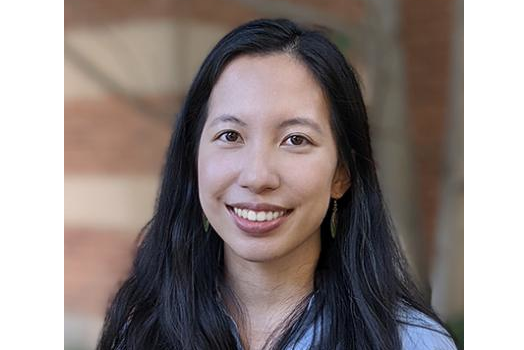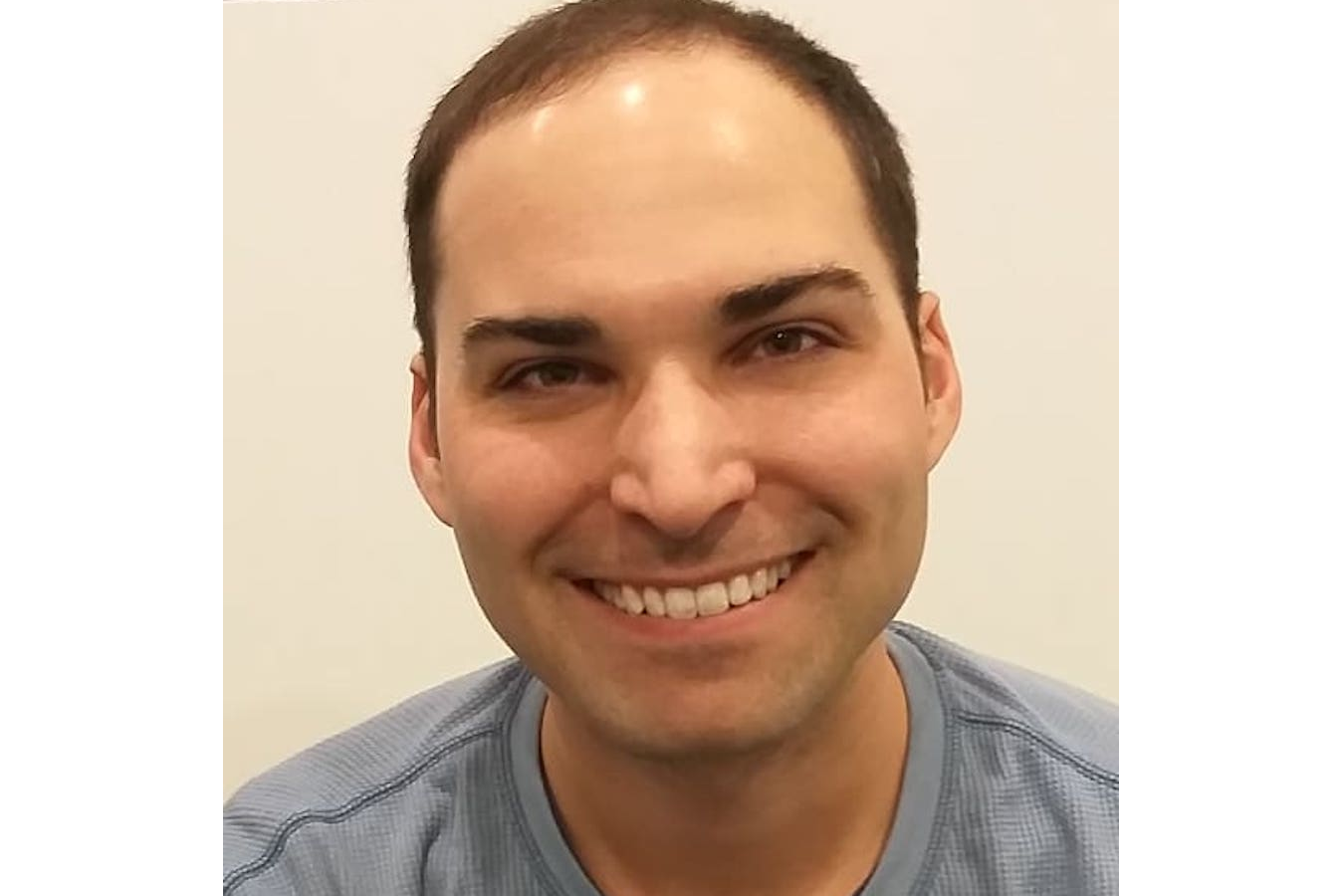News

Jennifer Kuo joins the Cornell Department of Linguistics and the Phonetics Lab
Dr. Jennifer Kuo has joined the department as an Assistant Professor. Jennifer is primarily interested in how different learning biases affect morphophonological learning. She addresses this question by modeling how paradigms are (mis-)learned over time in a variety of Austronesian languages. More recently, she is supplementing these findings with experimental results from Artificial Grammar Learning studies.
We welcome Jennifer to the Department and to the Phonetics Lab!
7th July 2023

Post-Doctoral Researcher Dr. Jeremy Needle joins the Phonetics Lab
Post-Doctoral Researcher Dr. Jeremy Needle has joined the Phonetics Lab, where he will work with Dr. Sam Tilsen on various projects.
Welcome Jeremy!
23rd June 2023

Phonetics Lab hoods four new PhDs!
The Cornell Phonetics lab hooded four new PhDs in the Spring, 2003 Cornell hooding ceremony, held at Barton Hall on Saturday, May 27, 2023.
From the left, in their graduation robes, are:
- Sireemas Maspong
- Francesco Burroni
- Professor Sam Tilsen
- Seung-Eun Kim
- Brynhildur Stefansdottir
Siri, Francesco, Seung-Eun, and Binna - best wishes on your new adventures - we will miss you!
12th June 2023

Phonetics Lab Alumnus Dr. Linda Heimisdottir is the new CEO of Miðeind.
Phonetics Lab Alumnus Dr. Linda Heimisdottir has assumed the role of Chief Executive Officer (CEO) Miðeind, an Icelandic startup company that develops Natural Language Processing and Artificial Intelligence technology for the Icelandic language.
Linda recently joined Miðeind as a Chief Operating Officer, and in a Linked-In post had this comment on her transition to the CEO role:
"I am thrilled to announce that I have assumed the role of Chief Executive Officer at Miðeind. As we navigate the dynamic landscape of AI-based Language Technology, our team is actively exploring how LLMs can be integrated into our business strategy. I am fortunate to be working with an exceptional team, and I look forward to harnessing their collective talent and passion to develop outstanding products"
5th June 2023
